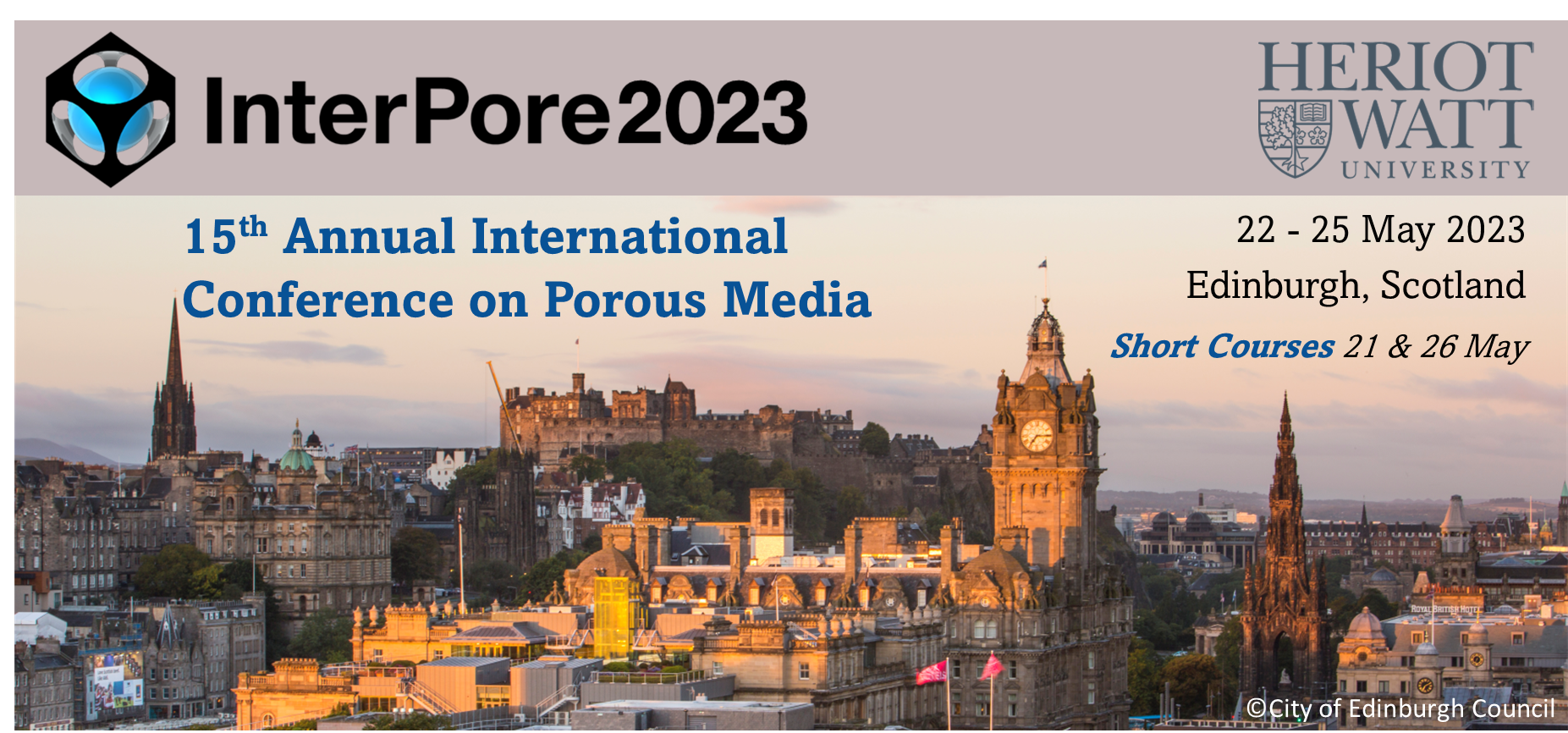Speaker
Description
Vegetation like trees and grass is known to have a cooling effect that naturally enhances the thermal comfort for pedestrians in cities. While shadowing and transpiration by vegetation cool the urban environment during daytime, the blocking of cooling to sky by longwave radiation during night and increase in relative humidity might have an adverse effect. Also, while urban wind cooled by trees may have a cooling effect at downwind urban places lacking vegetation, dense trees may decrease the heat removal by ventilation from streets due to wind blocking effect. To study these complex interactions, a detailed vegetation model is needed to take into account the momentum, heat and moisture transfer processes taking place at different scales.
The authors developed over the years an urban microclimate model, coupling (1) a computational fluid dynamics (CFD) model for air, heat and moisture flow in the air domain, (2) a longwave and shortwave radiation model for radiative exchange between urban surfaces, sun and sky, (3) a coupled heat and moisture transport model for moisture transport in building facades, soil, pavements, and (4) a wind driven rain model. The set of equations is solved in OpenFOAM and the model is open source (urbanMicroclimateFoam at the Chair of Building Physics). Vegetation is modelled as a porous medium by introducing sink and source terms in the momentum, heat and moisture transport equations. The momentum sink is modelled by introducing a drag coefficient that depends on leaf area density. The heat and moisture transport from leaves is modelled by a leaf model depending on leaf area density in each vegetation cell, and the model accounts for convective and latent heat, and vapor transport depending on stomatal resistance. Solar radiation shadowing is modelled using a radiation attenuation model, while longwave radiation is modelled using a view factor method. Special shapes for trees based on Lidar information are introduced, limiting element discretization and taking into account the growth of trees. A special interface model is introduced for the modelling of heat and moisture exchange between grass, air and soil.
The model has been validated and applied to different case studies. In a first case study we analyze the influence of tree size on the pedestrian thermal comfort in street canyons. An optimal tree age of around 20-30 years is found, maximizing shadowing and transpirative cooling, while not blocking heat removal by air flow. A second example shows that, depending on wind direction, trees can cool down city parts down-windward, even when no trees are present at these locations. A third example shows the redevelopment of parking spaces as green areas on St. Helene island in Montreal and the possible cooling effects during heatwaves.
| Participation | In-Person |
|---|---|
| Country | Canada |
| Energy Transition Focused Abstracts | This abstract is related to Energy Transition |
| MDPI Energies Student Poster Award | No, do not submit my presenation for the student posters award. |
| Acceptance of the Terms & Conditions | Click here to agree |







